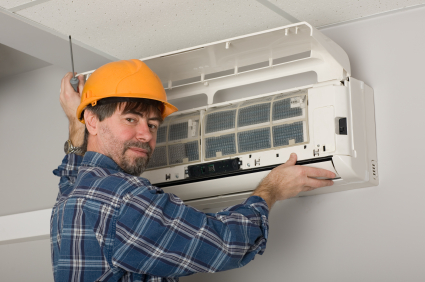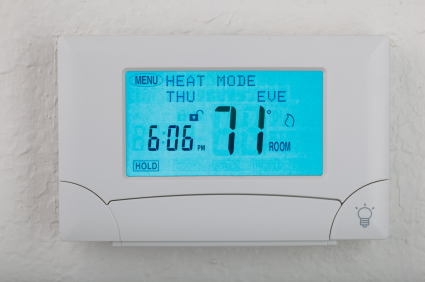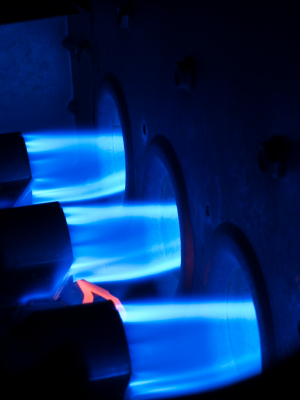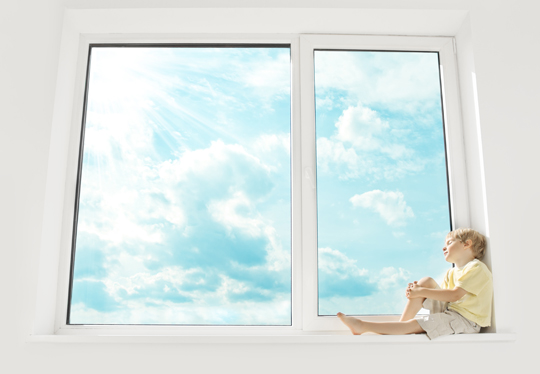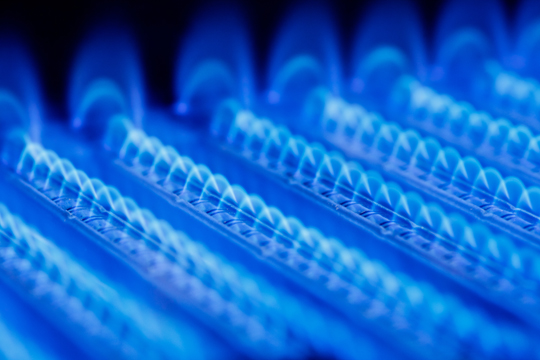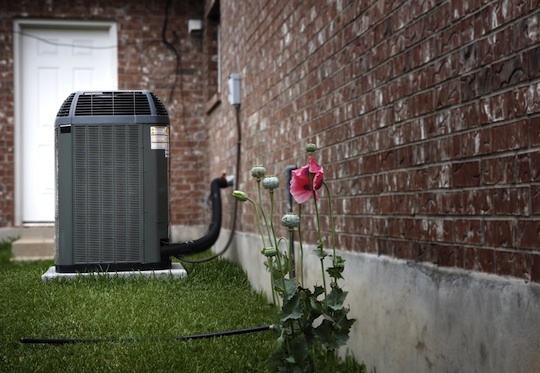Only a few homeowners have the skills, tools, and patience it takes to fix their own appliances. Most people prefer to rely on professional services, especially when it comes to troubleshooting heating and cooling equipment. How much should you actually invest in heating cooling repair projects, and how could you find the best specialist for this relatively complex, time-consuming task? Keep reading to find out.
Identify the Nature of Your Problem
All family members have one thing in common: they want to feel comfortable in a warm, cozy environment, no matter how cold or hot it is outside. This means that furnaces, heat pumps, air handlers, boilers, thermostats, ductwork, and air conditioners should function properly 24/7.
Uneven and inadequate cooling are two of the most common problems reported by people who own air conditioners. Also, in some cases, the unit suddenly stops cooling or the condenser stops running. In all of these situations, you could try to fix the problem on your own, by cleaning the unit’s evaporator.
Moreover, there are quite a few common heat pump issues that are very inconvenient and should be handled in a timely manner. These include noisy ducts, leaky ducts, and reduced airflow. To prevent all of these problems, it is advisable to replace the filter on a monthly basis. Also, you may want to invest in a professional heat pump inspection every one or two years and remember to remove dust and debris accumulations from your coils and fans regularly.
If you own a boiler, you could be troubled by lack of hot water and/or lack of heat, thermostat issues, pressure loss, gurgling noises, and water leaks. Minor problems are usually solved by the owner, while persistent or complex ones could require the attention of a qualified heating engineer.
Finding the Right Expert
If you’re dealing with a troublesome heating cooling repair project that you can’t complete on your own, it is recommended to opt for professional services. A great specialist will always be able to repair all your heating and cooling equipment, provide quality emergency services around the clock, and offer you access to affordable maintenance programs.
Need to identify the best heating cooling repair specialist in your area? If so, just rely on TalkLocal, a free service designed to connect you with the right professional, right now.

